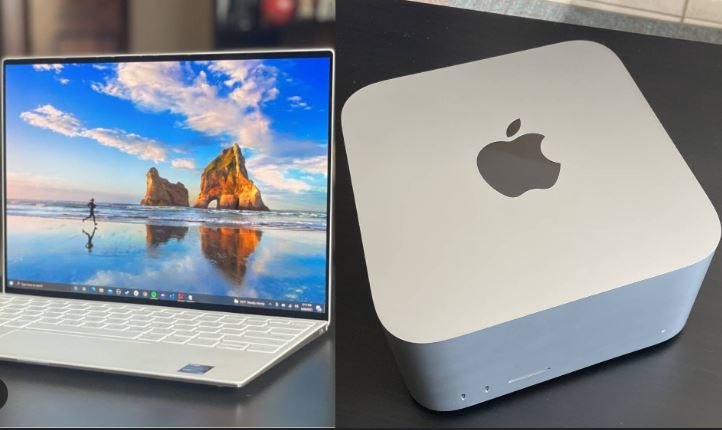Building your own desktop PC is an exciting and rewarding project that offers customization, performance, and cost savings. Whether you’re a gamer, content creator, or tech enthusiast, building a PC allows you to tailor the machine to your needs. It may seem daunting, but with the right guidance, you can assemble a powerful desktop that matches your preferences and budget.

Choosing the Right Components
The first step in building your own desktop PC is selecting the right components. Your choices will significantly impact the performance and lifespan of your computer. Start by choosing a central processing unit (CPU), which serves as the brain of your computer. Consider well-known brands like Intel and AMD for reliable performance. Your choice should align with your intended use—whether it’s gaming, video editing, or general productivity.
Next, pick a motherboard that’s compatible with your CPU and has the necessary ports for other components. It should support future upgrades, ensuring your PC remains relevant for years to come. You will also need sufficient random access memory (RAM) for smooth multitasking. A minimum of 16GB is recommended for gaming or content creation, but more may be necessary for intensive workloads.
Additionally, choose the right graphics card (GPU), especially if you plan to use your desktop for gaming or graphic-heavy applications. Nvidia and AMD are popular brands that offer a range of options for different budgets. When selecting a power supply unit (PSU), ensure it provides enough wattage to support your chosen components.
Assembling the Components
Now that you’ve selected the components, it’s time to assemble your desktop PC. Begin by installing the CPU on the motherboard, ensuring you handle it carefully to avoid damaging the delicate pins. Next, attach the cooler to prevent your CPU from overheating during use. Afterward, install the RAM sticks into the appropriate slots, usually located next to the CPU.
Once your motherboard is prepared, mount it inside your PC case. Make sure to connect all necessary power cables from the PSU to the motherboard and other components. Next, install your storage drive, whether it’s an SSD or HDD, ensuring it’s securely connected to the motherboard using the appropriate data cables.
Now, attach the graphics card to the motherboard’s designated slot, and connect it to the PSU if necessary. Before closing the case, double-check all your connections to ensure everything is properly seated and secured. After assembling your desktop, plug in a monitor, keyboard, and mouse, then power it on to check if everything runs smoothly.
Installing the Operating System
Once your desktop powers on successfully, the next step in building your own desktop PC is to install the operating system (OS). Most users opt for Windows, but Linux is a viable alternative for those seeking an open-source solution. Download the OS from a reliable source, and use a USB drive to install it onto your new machine.
Follow the installation prompts, and ensure you install the necessary drivers for your components, such as the GPU and motherboard. Properly installing drivers ensures your hardware functions correctly and at optimal performance levels. After completing the OS installation, take the time to set up your desktop environment, including installing antivirus software and customizing settings to fit your preferences.
Conclusion
Building your own desktop PC may seem challenging at first, but with patience and the right guidance, it becomes an enjoyable process. From choosing the right components to assembling them and installing an operating system, each step brings you closer to a fully customized machine. Not only do you gain a high-performance PC, but the satisfaction of creating a desktop tailored to your exact needs.










